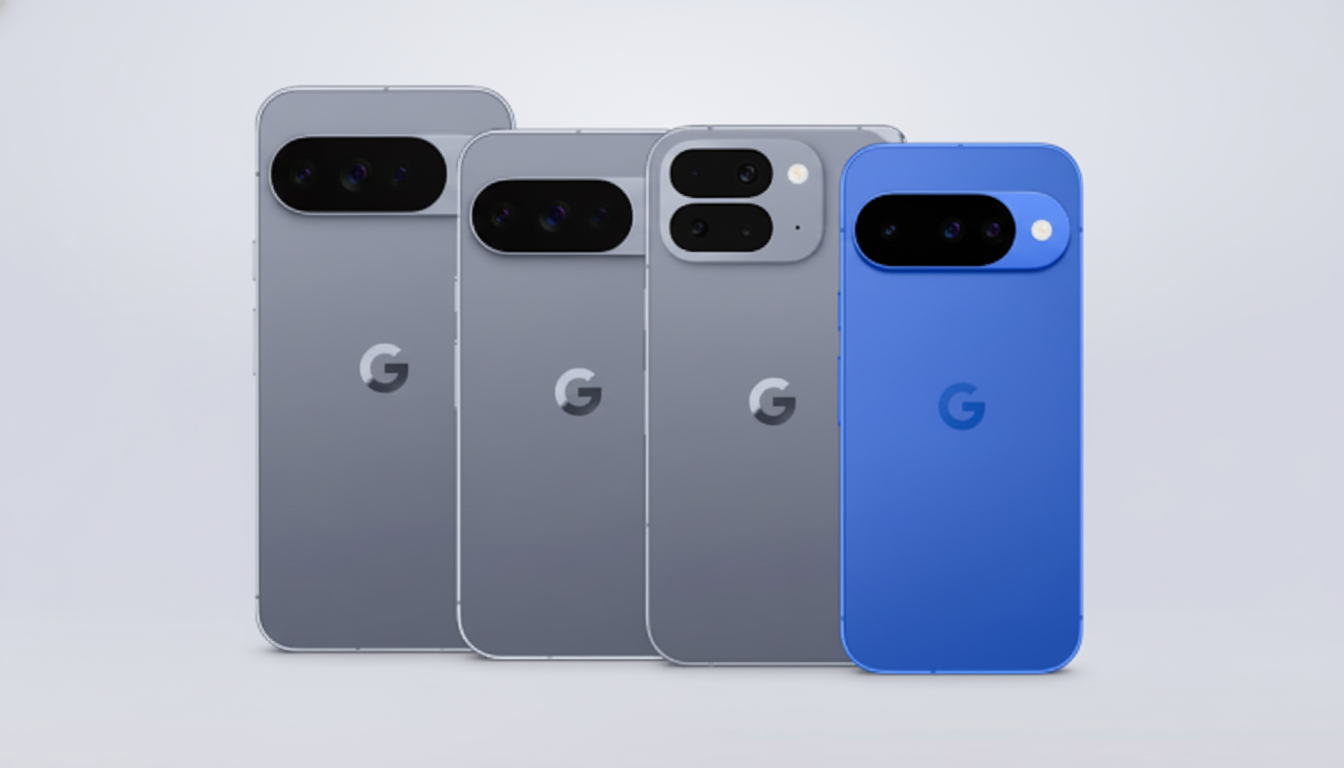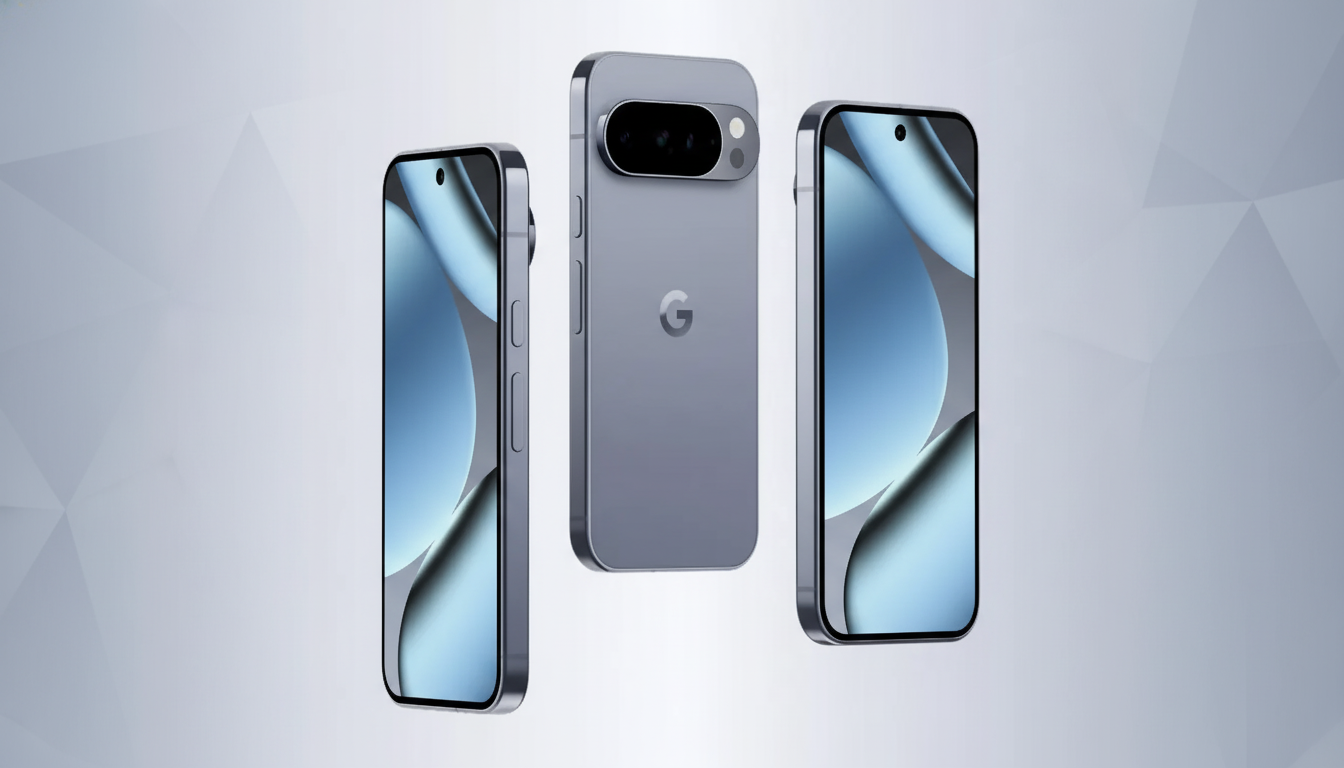Google’s latest Pixels were meant to end battery dread. Instead, familiar battery headaches are back — and they’re coming to phones that cost markedly more than their predecessors. From spotty drain under low reception to inconsistent performance in camera-heavy and gaming scenarios, the past has felt less like an isolated irony and more a longstanding lack of self-awareness for Pixel, as if Google is writing a new storybook but simply cannot escape its own shadow.
What hasn’t improved in everyday Pixel battery life
On paper, the new Pixels ship with larger batteries and more efficient silicon. In practice, reviewers and independent testers have found that endurance can swing greatly from task to task. Web browsing and local video play are fine; long video calls, the camera app or some games can suck way more juice than they should. That inconsistency is particularly jarring when last year’s models sometimes outlast this year’s in the same scenarios.

That stands in contrast to competitors like Samsung’s new Galaxy S25 Ultra and Apple’s Pro Max tier, which typically land far less flashy scores across a mixed workload. It’s not that Pixel battery life is bad overall — it’s capricious, and that matters more for everyday users than peak figures.
Why endurance seems so variable across Pixel use
The radio stack is still a prime suspect. In poor cell conditions, newer 5G modems overshoot transmit power and hold more aggressive network handshakes, as has been widely documented in carrier engineering notes and teardown analyses. Multiple testers have also seen increased idle/background draw on recent Pixels when signal is poor, an issue that does not reoccur while on Wi‑Fi. If your commute or home office resides in the one‑bar zone, your battery meter rats on you by lunch.
Thermals are another factor. With the camera kicking along and some GPU‑heavy titles, power spikes seem more exaggerated on the latest Pixels compared to last‑gen models — whether Google is running hotter as a result of tighter thermal envelopes or less efficient burst behavior. iFixit teardowns have long made note of Google’s physically small thermal design in the Pixel flagship, and coupled with silicon that still lags behind Apple and Qualcomm in terms of efficiency, that’s a recipe for some visible mid-test drain spikes.
The price problem for Pixel phones and expectations
Sticker shock makes the inconsistency that much harder to forgive. The Pixel 6 arrived at $599. The baseline Pixel 10 is $799 and the top Pro tier runs to $1,199. Those are honest‑to‑goodness flagship prices, pitting the Pixel squarely against handsets that go through full-day life without requiring constant babysitting. The higher the price, the more you pay for fewer caveats — not the same old ones.
This is important because battery life still tops the list of purchase drivers. Consumer advocates and industry surveys regularly list battery life alongside camera quality and performance as a major factor in deciding when to upgrade. A phone that takes great photos, only to die midway through a day of travel or a parent’s sporting event, or after back-to-back meetings, still delivers a disappointing experience.

Longevity and hidden costs of batteries over time
Google now promises up to seven years of software support, a pleasant change that should leave Pixels more secure and up to date. But batteries are consumables, and that’s where long support meets real expense. Google’s Battery Health Assistant may proactively clamp peak charge capacity to protect longevity and safety, some recording it kicking in as early as a few hundred cycles for now — not unexpected chemistry‑wise, but noticeable if you’re charging daily.
The average heavy user will probably need one or two replacements over seven years. Apple Authorized Service Providers like uBreakiFix and hole‑in‑the‑wall outfits pegged by iFixit estimate north of $100 for modern flagships, more for the Pro models which require more expensive adhesives and seals along with labor. Add those to a higher retail price, and the total cost of ownership can escalate pretty quickly, particularly if early endurance quirks steer you toward an early replacement.
What buyers can do right now to improve Pixel battery
If you are grotesquely underserved in coverage at home, put Wi‑Fi Calling first and let 5G be auto rather than forced.
- Charge up to 50% of the battery when you don’t need your phone, in case the for‑all‑day power supply is needed.
- Use adaptive charging and overnight trickle to lower capacity fade.
- If you can accept a slower charging time, turn off high power mode during the night.
- Nomadic gamers can once more enable frame rate caps where possible.
- For camera‑heavy users, expect faster drain and plan to bring an external compact battery pack on long days.
None of these are silver bullets, truly, but they’re a warm blanket over the worst‑case scenarios that can make Pixel endurance feel chaotic.
The uncomfortable bottom line is clear. Pixel battery woes haven’t gone away; they’ve just gotten more expensive to deal with. Until Google can bring more consistent behavior across power consumption in radios, thermals and demanding apps — or undercuts competitors on price — recommending the newest Pixel becomes just about impossible to do without some kind of caveats, no matter how good the photos and however long its update promise is.

